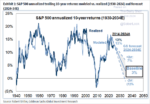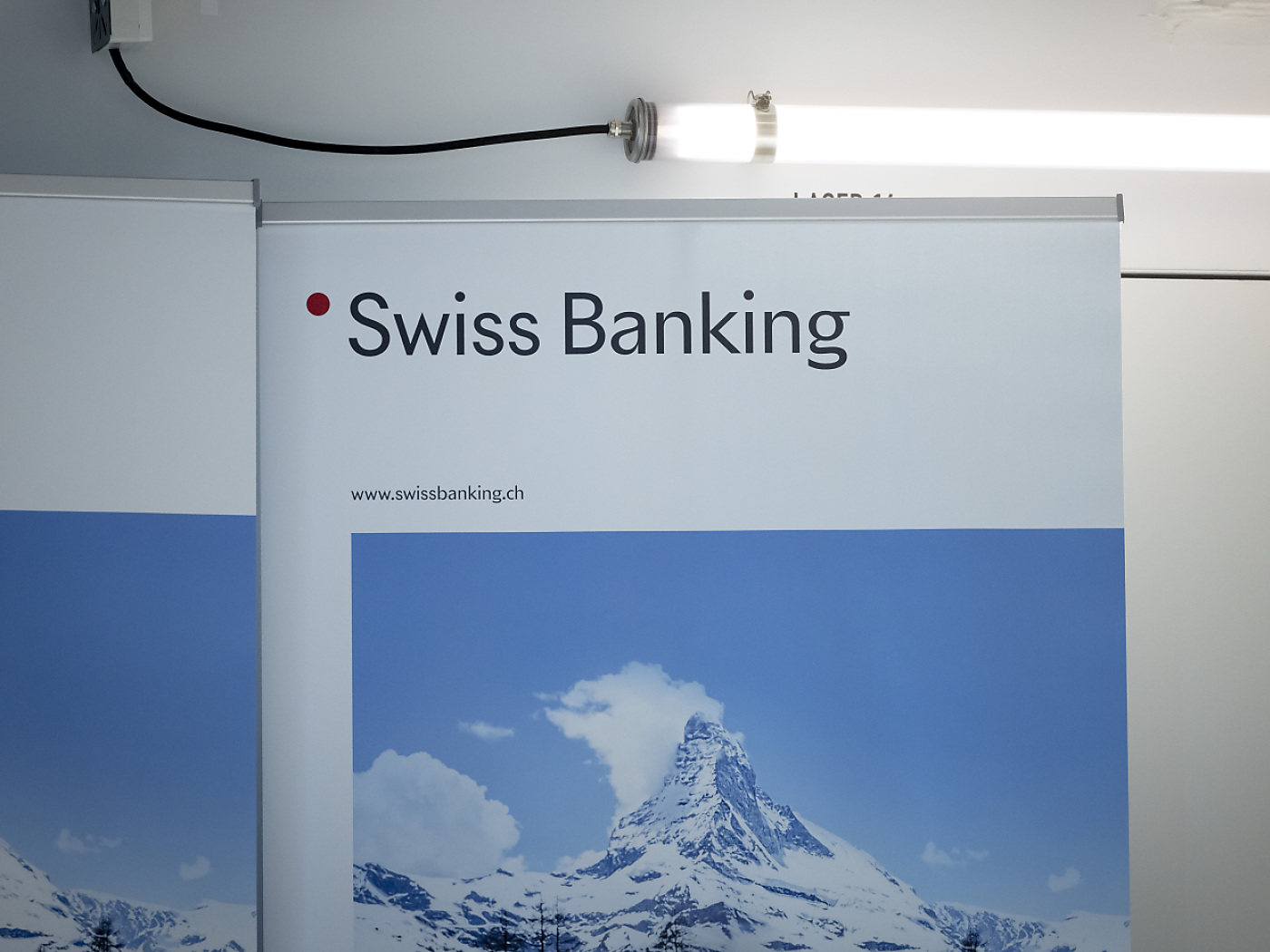Overview: Seven of the G10 central banks pumped the brakes between last week and this week as they purposely seek to push demand back into line with supply. And there are more signs that they are succeeding in weakening growth impulses. The dramatic surge in European bond yields continues today with 10-year rates mostly rising another 13-15 bp. Italian and Greek benchmark yields are up 22-24 bp. The US 10-year Treasury yield is up nearly five basis points to 3.50%. Equities are slumping, though Hong Kong and the mainland’s CSI 300 rose, ostensibly helped by more measures for the China’s property sector. Still, the MSCI Asia Pacific Index snapping a six-week advance with a loss of a little more than 1% this week. Europe’s Stoxx 600 is off 1% today to bring this week’s drop to more than 3%, the most in three months. US futures are off more than 1% after yesterday’s sharp losses. In a relatively calm foreign exchange market, the dollar is mostly higher. The yen is bucking the move and recovering about 0.4% after yesterday’s nearly 1.7% fall. Most emerging market currencies are lower, led by the South African rand (-1.1%) and the Mexican peso (-0.55%). After plunging $30.5 yesterday, gold has stabilized ahead of the 20-day moving average near $1773. Demand concerns are weighing on oil prices, and January WTI is off 2.6% after falling 1.1%yestrday. Still, near $74 a barrel is up 4.5% this week. US natgas is around 6% lower after rallying 8.4% yesterday and is holding on to a nearly 5% gain on the week. Europe’s natgas benchmark is off 9% to brink this week’s loss to more than 11%. Iron ore trimmed yesterday’s 2.6% gain, falling marginally today. March copper is about 0.6% lower to new two-week lows. March wheat is virtually unchanged after rising 1% yesterday.
Asia Pacific
Japan’s flash December PMI composite survey ticked up to 50.0 after dipping to 48.9 in November, which was its lowest since February. It finished last year at 52.5. The increase was due to services, where the PMI rose to 51.7 from 50.3. It last was below 50 in August. It is the manufacturing sector that is still challenged. It slowed to 48.8 from 49.0 and is the weakest since October 2020. The BOJ meets next week. There is little chance policy will shift. While the BOJ’s virtual ownership of the all of the 10-year bond ensures that it remains below the 0.25% yield-curve control cap, the rise in global yields has seen the 20-year yield jump from Tuesday’s December low of about 1.06% to a high around.15%. The 30-year yield was at two-month low on Tuesday near 1.38% to a high today about 1.49%.
Australia’ flash December composite PMI slumped to 47.3 from 48.0. It is the third month below the 50 boom/bust level and the lowest since the start of the year. It was at 54.9 a year ago. Unlike, Japan, Australia’s manufacturing sector activity is growing, albeit slowly. The manufacturing PMI stands at 50.4, down from 51.3. It was the service sector that was the drag. It slumped to 46.9 from 47.6. With a couple of exceptions, it has been declining since peaking in February at 47.4.
The surge in European rates seemed to weigh on the yen yesterday, and amid the broader dollar recovery after the ECB meeting, the greenback rose to a marginal new high for the month, slightly above JPY138.15. It flirted with the 20-day moving average, (now near JPY137.65), which it has not closed above since November 3. After yesterday’s fireworks, the dollar is consolidating in a one-yen range above JPY136.85. The greenback settled near JPY136.55 last week. The daily momentum indicators are trending higher. The Australian dollar broke down yesterday, after stalling in front of its 200-day moving average (~$0.6900) earlier in the week. Yesterday’s drop took it to a six-day low slightly above $0.6675. It rose to about $0.6735 today before new sellers emerged and is back near yesterday’s lows in the European morning. We look continued losses to continue, and our next target is the $0.6600-20 area, and possibly, $0.6530-50. The dollar edged up against the Chinese yuan today but remained below the week’s high set Tuesday near CNY6.9890. The relative stability of the yuan contrasts with the chaos in China amid surging Covid. Since gapping lower on December 5, the greenback has traded between roughly CNY6.9370 and CNY7.0. The PBOC set the dollar’s reference rate at CNY6.9791, while the median in Bloomberg’s survey projected CNY6.9803. The dollar rose against most of G10 currencies this week and snapped what appears to be a record two-week fall against yuan. It gained about 0.25% against the yuan this week.
Europe
The ECB delivered a 50 bp hawkish hike and signaled another 50 bp hike at the next meeting in early February. ECB President Lagarde reiterated the statement’s pledge of “significant and steady” moves going forward and declared that the smaller hike was no pivot. The market took it at face value and lifted the anticipated rate for June 2023 by 27 bp to about 3.06%. If it feels vaguely familiar, it is because that is where the market was a week before the October 27 ECB meeting. Still, the hawkishness of the message was underscored by the upward revisions to the staff’s inflation forecast, which see the average pace 2025 of both the headline and core rates above the 2% target. The ECB provided more details on QT than expected, indicating that it would begin in March and average 15 bln a month through Q2 23 when it be reassessed. Decisions on the “greening” of its corporate bond portfolio will also be announced in February. The ECB acknowledged that the eurozone economy may contract this quarter and next, but the staff forecasts the downturn will likely be short and shallow. Benchmark 10-year bond yields spiked higher, and the peripheral spreads widened against the core. Two-year yields jumped 15-30 bp. At both ends of the curve, Italian bonds were hit the hardest. The US two-year premium over German sank to almost 180 bp, the least in 10 months before returning to a little below 190 bp. Today it fell to around 176 bp. The premium stood at 220 bp at the end of last week.
The eurozone preliminary PMI remained in contraction territory, but not as deep as in November. The manufacturing PMI rose to 47.8 from 47.1. The services PMI 49.1 from 48.5. The composite stands at 48.8, up from 47.8. It has been below 50 since breaking it in July. German figures were better than the French. The German composite stands at 48.9 from 46.3 in November and 45.1 in October. The French composite fell to 48.9 from 48.7 and 50.2 in October. It seems a stretch to say that the data supports the ECB’s hope that the downturn will be brief and not deep. It may turn out that way, but it does not appear to have been determined by the results of the preliminary December PMI. The fear of energy shortages has diminished, and supply chains disruptions have appeared to ease, but the headwinds remain strong.
The BOE’s 50 hike was a contested decision. The six-person majority carried the day with the half-point hike. Mann dissented in favor of a 75 bp move, and Dhingra and Tenreyro wanted to stand-pat. The fraying of votes may and the BOE’s toned down statement that suggested a further increase “may” be required would seem to raise the prospect of a different outcome at the next meeting on February 2. The BOE also dropped last month’s warning that the path of interest rates implied by the market was too aggressive. Yet, the swaps market made only a modest adjustment, reducing the chance of a 50 bp hike to around 74% from a little above 90% discounted at the close on Wednesday. It is a slightly lower than 85% in the European morning today.
UK retail sales fell by 0.4% in November. The median forecast in Bloomberg’s survey was for a 0.3% gain. Small comfort comes from the upward revision to the October series to show a 0.9% gain rather than the 0.6% increase initially reported. The preliminary December manufacturing PMI fell to 44.7 from 46.5. It is the lowest since May 2020. The flash services PMI rose for the first time since June to stand at 50.0 from 48.8. The composite rose to 49.0 from 48.2. It is the fifth month below 50. It finished last year at 53.6.
In yesterday’s volatile session, the euro reached $1.0735, a new six-month high, and nearly met the (61.8%) retracement of this year’s decline (~$1.0745). It fell below Wednesday’s low (~$1.0620) but closed above it. Early gains today were stalled in front of $1.0665 but buying was seen in the European morning near $1.0610. The daily momentum indicators are still overextended and have not decisively turned lower. We suspect a break of the $1.0550-60 area is needed to signal a proper correction. Sterling traded below its 20-day moving average (~$1.2145) today for the first time since November 10 and nearly met the (61.8%) retracement of this month’s gains (~$1.2110). The 200-day moving average is closer to $1.2100. The daily momentum indicators appear to be turning down. Here, we suspect a break of $1.20 is needs to signal that a correction has begun.
America
The US reported a dismal combination of data yesterday, pointing to a serious loss of economic momentum. Retail sales in November tumbled by 0.6%, three-times more than the median forecast in Bloomberg survey and the biggest loss decline of the year. The core measure, which excludes autos, gasoline, food services, and building materials, which feeds into GDP models fell by 0.2% (instead of increasing by 0.1% as the median forecast). And, adding insult to injury, the October gain of 0.5% was revised to 0.5% from 0.7%. Industrial production fell for the second consecutive month. The 0.2% decline (median forecast was for a flat report) was led by a 0.6% drop in manufacturing output. It was the first decline since June and only marginally dented by the upward revision in October to show a 0.3% gain instead of 0.1% increase. Business inventories rose by 0.3% in October, slightly slower than expected. The Empire State Manufacturing survey reversed from a 4.5 reading in November to -11.2 in December, a four-month low. The Philadelphia Fed business outlook was not as bleak as it had been (-13.8 vs. -19.4) but the details remain poor with new orders, shipments, and employment falling. A bright spot was the unexpected fall in weekly initial jobless claims, which fell by 20k to 211k, the lowest in two months. This series can be volatile, and the four-week moving average remains with the 227k-230k range that has prevailed for the past month. The Atlanta Fed’s GDP model shaved its estimate for Q4 GDP to 2.8% from 3.2%. The preliminary estimate of December’s composite PMI is expected to be below 50 for the sixth consecutive month.
Mexico’s central bank’s 50 bp hike was no surprise, and the peso, which had been paring its initial loss in the fact of the greenback’s surge following the ECB meeting, softened a bit. Just as the market currently favors a 25 bp hike by the Fed at its next meeting (February 1), many expected Banxico to also slow its pace when it meets next on February 9. The overnight target rate stands at 10.50% and the swaps market is pricing a peak around 10.75%, though Bloomberg’s survey of economist sees the terminal rate at 11.0%. Deputy Governor Esquivel’s term at this year, and so far, these is no indication about his reappointment or replacement. That said, many observers were concerned that AMLO’s appointments would be dovish, and yet it has been anything but. With yesterday’s move, it has lifted the overnight rate by 650 bp, and began nine months before the Federal Reserve. The overnight target is well above headline inflation (7.80%) and core (8.51%).
The greenback is edging above yesterday’s high against the Canadian dollar and traded around CAD1.3680 in the European morning. The recent highs stalled near CAD1.3700, and a break of it today could spur a move toward CAD1.3800. The upper Bollinger Band is found near CAD1.3750 today. There are options for almost $610 mln at CAD1.3775 that expire Monday. Weaker equities and oil are doing the Loonie no favors. That said, the intraday momentum indicators are stretched. The US dollar found support against the Mexican peso on Tuesday and Wednesday near MXN19.50. Yesterday’s high was near MXN19.8575 and today it has traded to almost MXN19.8840. The risk-off mood warns of upside risk in North America today. The week’s high was slightly above MXN19.91, and the (61.8%) retracement of the leg low from the late September spike to MXN20.58 comes in near MXN19.99. The 200-day moving average is a little higher, closer to MXN20.02. The US dollar has also been trending higher against the Brazilian real. It rose by about 0.5% yesterday, its fifth gain in six sessions. The greenback settled around BRL5.3140 yesterday, its highest close this month. The next area of resistance is seen by BRL5.40. Lastly, Colombia’s central bank is expected to hike the overnight lending rate by 100 bp to 12.0%. It was at 3.0% last December. Headline inflation was a little above 12.5% last month, and the core rate was slightly below 9.50%.
Full story here Are you the author? Previous post See more for Next postTags: #USD,Australia,Bank of England,Brazil,Colombia,COVID,Currency Movement,ECB,Featured,Japan,Mexico,newsletter,PMI




















